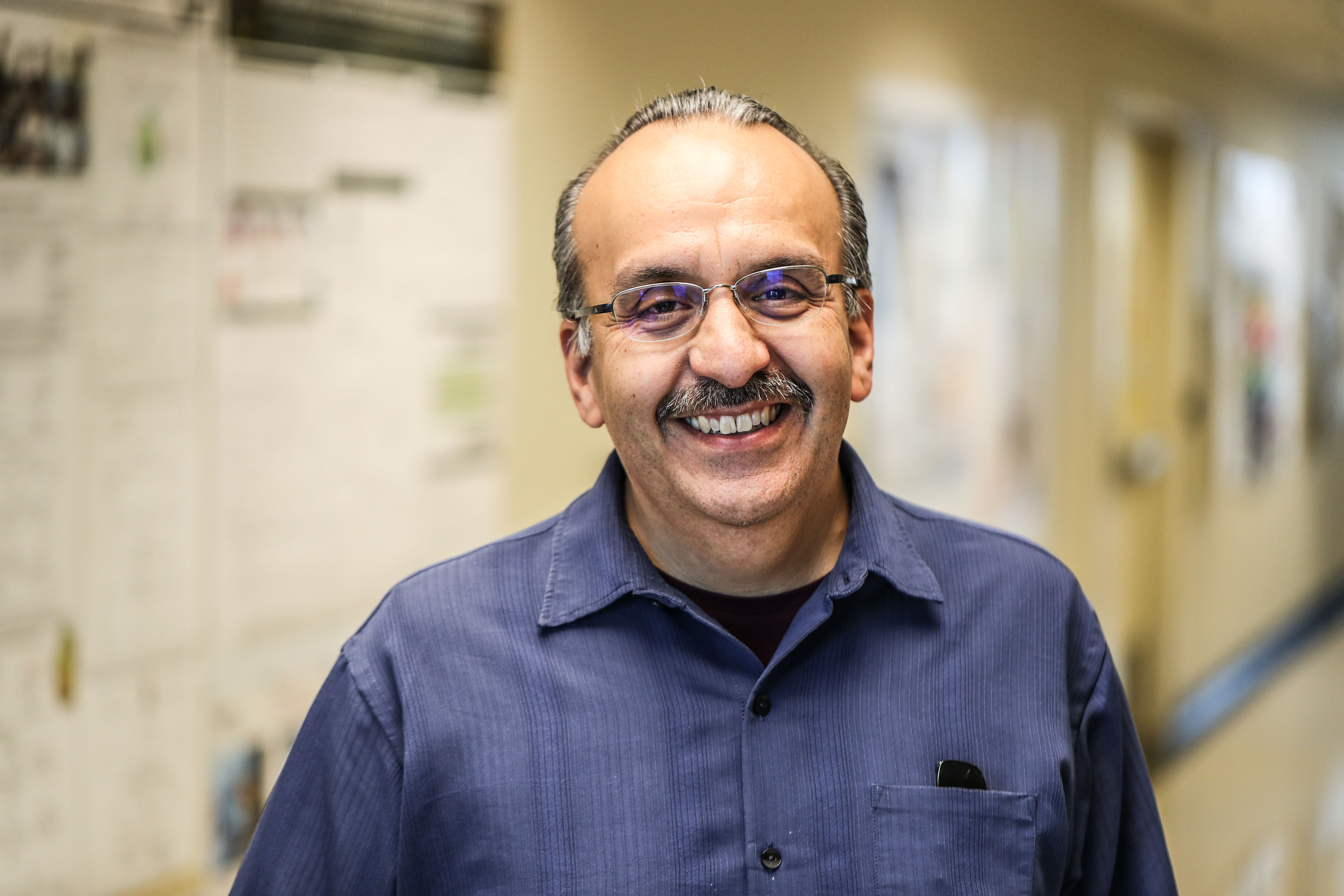Speeding Identification
A new chemical synthesis strategy to harvest the rich information found in natural products — organic compounds isolated from natural sources — has led to the identification of novel, simpler derivatives with potential to selectively protect neurons, according to a Baylor-led study. The findings could be important for neurodegenerative diseases like Alzheimer’s disease, or to prevent the body’s immune system from rejecting organ transplants.
Daniel Romo, PhD, The Schotts Professor of Chemistry in Baylor’s College of Arts and Sciences, was lead author in the study, published in the journal Nature Chemistry.
The pilot study for this new approach began with gracilin A, a natural product derived from a sea sponge, which other researchers had found to have medicinal potential but lacked detailed structure and bioactivity relationships, he said.
The streamlined synthetic method — called “pharmacophore-directed retrosynthesis” (PDR) — is “like the difference between constructing an eight-story building when all you need may be a six- or seven-floor building,” Romo said. A pharmacophore is the minimal structure required for activity of a bioactive molecule.
Romo likened his synthesis group to molecular engineers building molecules rather than buildings.
“We thought, ‘Why not come up with a hypothesis regarding what might be essential for bioactivity, integrate that minimal structure into our first-floor plans, and then gradually build up the rest of the natural product, floor by floor, while performing biological studies at every floor on the way up to the top floor?’” Romo said.
The long-term goal is quicker identification of simpler versions of the natural product that retain the bioactivity of interest. This can be done en route to synthesizing the more complex natural product target, which remains a very important training environment tool and goal for doctoral candidates, “by stopping and looking at what is on the fifth, sixth and seventh floors on your way up to the top floor,” Romo said.
This could greatly reduce the time to identify useful compounds derived from natural products, which also could ultimately impact the cost of drugs.
